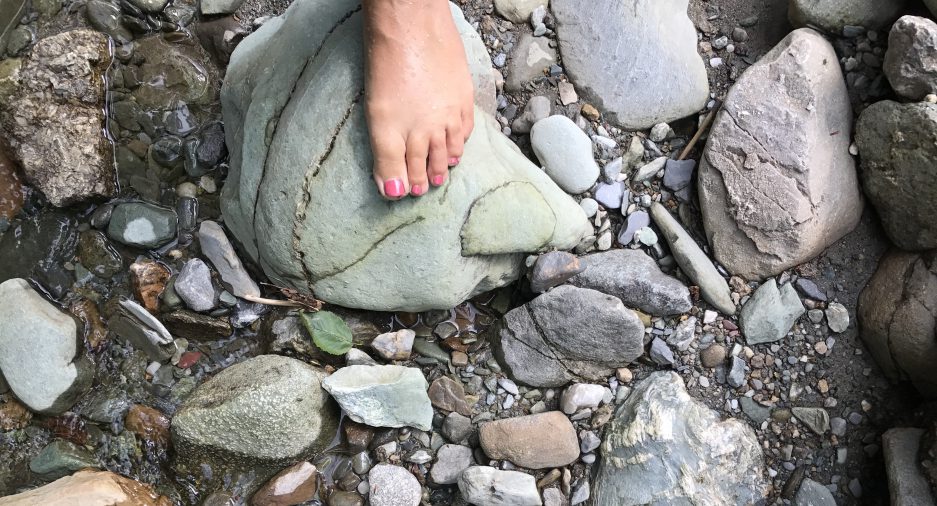I have been procrastinating again, some might say obsessing. It happens to me when I am avoiding something – a task that I don’t want to do, an emotion that I don’t want to feel. Often it’s the combination of the two. The problem with procrastinating is that the source of the procrastination does not go away. It takes a whole lot of energy to avoid things and this blocked energy usually always ends up somewhere in my body screaming for attention.
This is where walking comes into the story. In one of my first blog posts from a year ago I wrote about taking long walks. I started it with this quote from Brenda Ueland.
I’ll tell you what I have learned myself. For me, a long five or six mile walk helps. And one must go alone and every day.
I went on to write:
I walk through all kinds of emotional landscapes. My angry walk is heavy and staccato like – each step an exclamation point. On fearful walks, I am alert to everything around me, fine tuned to all sounds and possible dangers. Sad walks are slow and watery as if I am willing the sky to descend and share the sadness with me. The road is my 3D journal. It holds the energy of my life and documents all its passages.
There is something that happens on long walks. With each footstep I come closer to something elusive that seems just out of reach. Sometimes an idea arrives on a wind current, sometimes it’s a knowing of the next right thing to do and sometimes it’s words that were stuck that spill out and have me scrambling to catch them before they disappear again.
………
I’ve been walking again. It’s the very best way I know to keep the energy flowing. I thought I’d take you with me this morning on a short walk to the mailbox.






Aah… Feeling better now?
.



 It’s also the first cut flower to make its appearance in these parts. Dust off those vases!
It’s also the first cut flower to make its appearance in these parts. Dust off those vases!






























